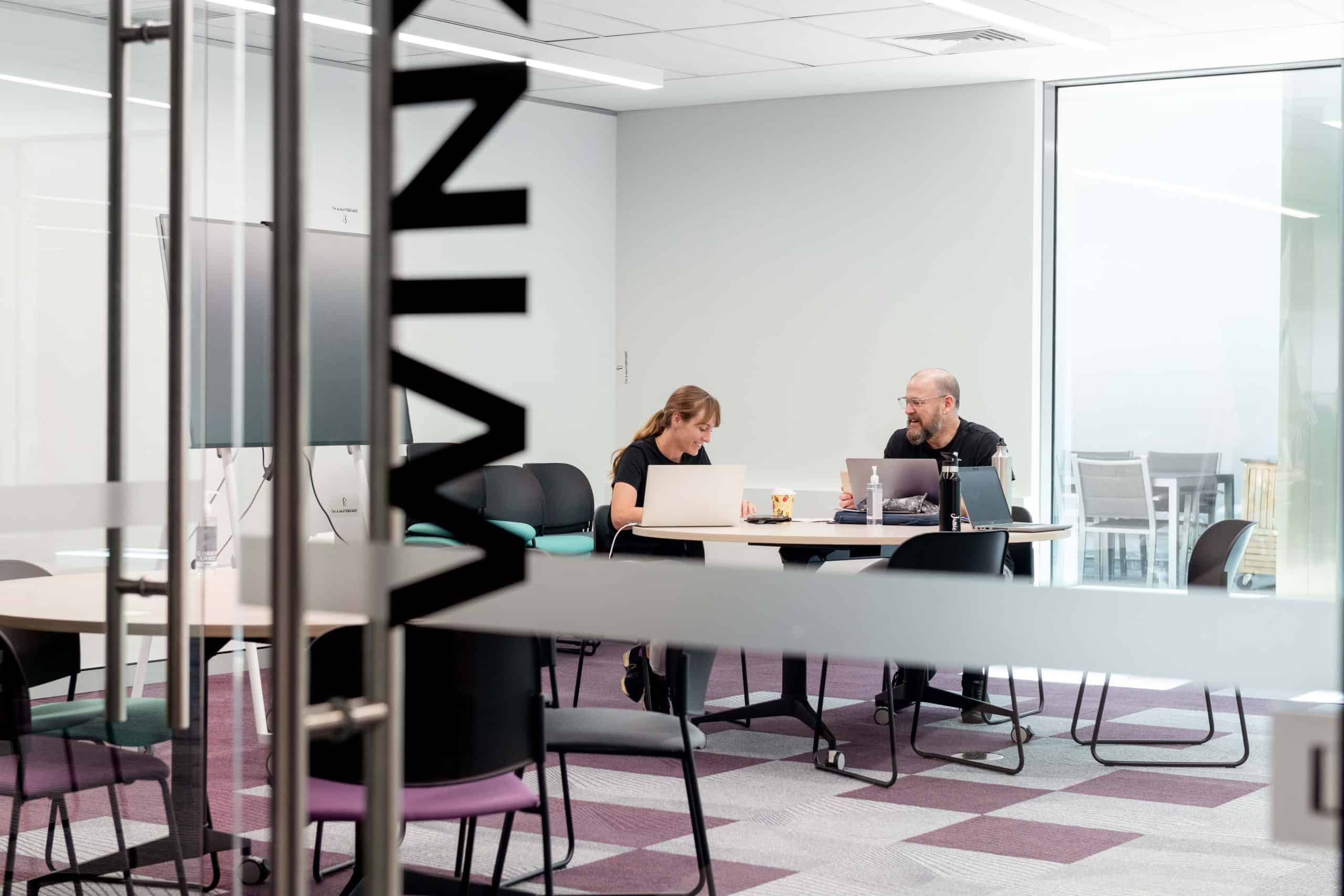ENTAIN DAY
Throughout this process, Entain also introduced their nine-day fortnight, with every second Monday gazetted as “Entain Day”, a compulsory, all company, no work day, along with “Meeting-Free Wednesday”.
As Jessica Sharpe, Entain’s Chief People Officer, explained in Episode 70 of the Work Life by Design podcast.
I’d been conferring on the seriousness of burnout with our leaders to identify what it looks like, how prevalent it is, and why. But more importantly, in thinking about how, as a tech business, our objectives are to be bold and innovative and to create solutions for our customers. How is what we’re doing with our BAU and very busy schedules supporting our ability to do that? I’d suggest that along with the very competitive war for talent, it’s no longer enough to say, wellbeing is important and productivity is important. We really needed to walk the talk.
What research have you done to support this concept and how are you encouraging people to use their Monday off?
There’s a book by John Fitch and Max Frenzel, “Time Off: A Practical Guide to Building Your Rest Ethic and Finding Success Without the Stress”, about building your rest ethic. That book inspired my thinking around changing my paradigm about rest, from just getting enough sleep or finishing the workday so that you can get to bed at a reasonable hour to being intentional about how we rest and recover.
Your rest can be very active and still be beneficial. The book points out that even learning can be restful and rejuvenating. And I realized that this point was true to my experience. When I go away and learn about a topic that I’m really interested in, even if it’s related to my work, it’s energizing. So the idea of a nine-day fortnight was about giving that one day to go, “We’ve always said we’re serious about learning and development. We give all the opportunities. We’ve got subscriptions online for Udemy and LinkedIn learn. But what you really need is time and space to do that.” Your learning doesn’t even need to be work-related. Maybe you want to learn guitar and express some creativity in a different way. That’s great. We’re really promoting what active rest looks like. And using that ninth day of the fortnight to give back to yourself.
How have you supported employees to build the self-awareness to know what’s right for them?
I think, like anything, it’s about the example set. We’re lucky to have a leadership team who are really behind this initiative. The executive team will be there and taking the day for themselves. We are sharing success stories on LinkedIn to show what’s possible –and to remind everyone that they have permission to use the day freely. And so, I think seeing examples of how people are using the time to recharge themselves will hopefully be a powerful catalyst.
Developing a program around ongoing awareness in that space might buy people back a little bit more of their productive time too. So there’s a range of ways we can make better use of our time, with self-awareness and knowing what we need to give themselves back just being one of them.
And Meeting Free Wednesday is another way to support productive time?
Absolutely. Meeting free Wednesday has been a critical piece in this initiative. By introducing that meeting-free day, we transformed a day that is quite often spent between various meetings, interruptions, and distractions and cleared a path for people to do their focus work and, hopefully, achieve a lot more.
How will you measure success?
It’s definitely the most challenging piece. Rather than extensive surveys at the end of the period, we want to ask people how they’re feeling and what their productivity is like along the way. There will be a lot that comes down to the listening sessions with leaders. We also plan to partner with our various department groups to help them articulate what productivity looks like in their teams. We can’t always quantify it the way we can in our customer service team, where we can track and log the calls in the live chats. We know what’s happening there. But in our knowledge, worker space, it’s very challenging to be able to put a measure on productivity. So we want to talk about what that looks like.
And we have spent a lot of time in the last two years building an understanding of our methodology for goal-setting and performance reviews based on the OKR model or methodology. So we’ve, again, inadvertently prepared ourselves for this in some way where we’ve shifted our idea of performance, and our performance conversations have been centred around the goals that we set each quarter. And talking to those specifically when it comes to our team. So we’re already in more of an outcomes-focused performance mindset than we have been sitting at the desk. So that will certainly help.




















